Currant
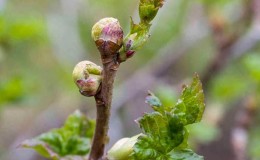
To get a good harvest of black or red currants, it is recommended to follow a number of agrotechnical rules. One of them is spring treatment against bud mites. The pest lives on the plant all year round, but becomes active after...
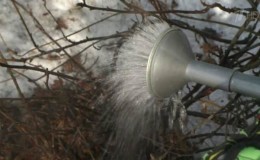
Currant is an unpretentious garden shrub, undemanding to soil and care. However, without proper attention, it will produce fewer and fewer berries from year to year. One of the agrotechnical procedures necessary for the plant is...
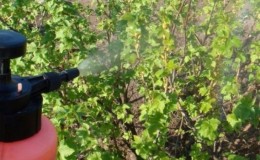
Processing currants in spring and autumn are mandatory stages of plant care. The procedure protects the bush from bacterial, fungal and viral diseases, strengthens the immune system, stimulates growth and improves the taste of berries. It is important to follow the recommendations...
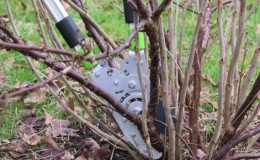
Garden currants are represented by 2 species - black (Ribes nigrum) and red (Ribes rubrum), which, with proper care, can consistently bear fruit for 15-20 years. In addition to the basic activities for caring for berry bushes...

It is rare to find a family that does not use a crop such as potatoes in their diet. It has long become our “second bread”; a lot of interesting dishes have been invented from potatoes. The vegetable is not only tasty,...
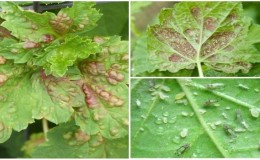
The yield of currants depends not only on favorable climatic conditions, but also on compliance with the rules of agricultural technology and preventive measures to combat diseases and pests. The appearance of red spots on the leaves of the plant...
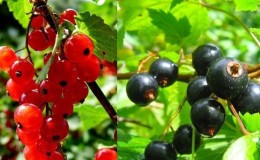
Currants are a berry crop rich in vitamins and microelements. To increase productivity, when planting, the influence of nearby crops, competition for free space and natural resources is taken into account. Compliance with crop rotation rules and competent...
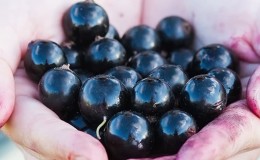
Blackcurrant is a garden first aid kit. The berries are famous for their rich vitamin composition and beneficial properties, protect against flu and colds, and strengthen the immune system. When growing blackcurrants, the main thing is to choose a suitable location...
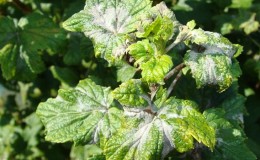
Powdery mildew (powdery mildew, ash) is an insidious disease that can deprive a gardener of a currant harvest without treatment. The disease is caused by powdery mildew fungi. The situation is aggravated by the lightning spread of spores from one bush to another. We detail...
